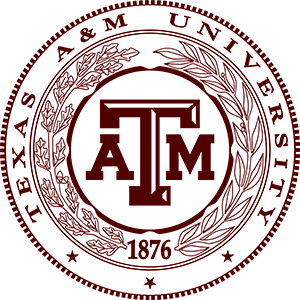Cloning-DNA Agarose Gel Electrophoresis of Digested Plasmid and Selection for Sequencing Virtual Lab
Cloning-DNA Agarose Gel Electrophoresis of Digested Plasmid and Selection for Sequencing | General Aim
To visualize the DNA fragments of the isolated restricted plasmids to be able to choose one for sequencing.
Cloning-DNA Agarose Gel Electrophoresis of Digested Plasmid and Selection for Sequencing | Method
Agarose Gel Electrophoresis.
Cloning-DNA Agarose Gel Electrophoresis of Digested Plasmid and Selection for Sequencing| Learning Objectives
To prepare the agarose gel properly.
To identify the DNA gel electrophoresis results and concepts.
To understand the role of the devices and the reagents used in the processes of agarose gel electrophoresis.
To load samples onto the gel.
To execute a proper run of agarose gel electrophoresis.
Cloning-DNA Agarose Gel Electrophoresis of Digested Plasmid and Selection for Sequencing | Theory
The purified plasmids from unit 4 were digested using restriction enzyme digest. In this unit, you will run the restricted purified plasmids on agarose gel electrophoresis to be able to visualize DNA fragments and determine if you were successful in obtaining a recombinant DNA molecule.
Gel Electrophoresis is a procedure used in molecular biology to separate and identify molecules (such as DNA) by size. The separation of these molecules is achieved by placing them in a gel made up of small pores and setting an electric field across the gel. The molecules will move based on their inherent electric charge (i.e., negatively charged molecules move away from the negative pole) and smaller molecules will move faster than larger molecules; thus, a size separation is achieved within the pool of molecules running through the gel. The gel works in a similar manner to a sieve separating particles by size.
Agarose Gel Electrophoresis Principle
In Cloning-DNA Agarose Gel Electrophoresis of Digested Plasmid and Selection for Sequencing experiment, DNA possesses negative charges. Thus, DNA moves towards the positive end (anode) when a current is applied across the gel. The agarose contains SYBR Safe DNA Stain which intercalates into the DNA, allowing visualization using a blue light transilluminator.
A DNA size marker is a large piece of DNA that has been digested with one or more restriction enzymes to produce a known array of DNA fragments that range in size. Loading a size marker in the reference lane allows you to determine the approximate sizes of the DNA fragments from your sample.
PraxiLabs is Recognized Worldwide






Customers Love PraxiLabs
“With the onset of the COVID-19 pandemic, we found ourselves in a situation that forced us to act quickly to find the best solution available to provide our students with a quality molecular genetics laboratory experience.”
Biology Laboratory Instructor
Biology Department
Kwantlen Polytechnic University
'' Although there are now several vendors offering virtual reality software for physics labs, there is only one that offers a realistic, I feel like I’m in a real lab, solution: PraxiLabs.''
Professor of Physics
Palm Beach State College
Boca Raton, FL
" PraxiLabs offered my students a chance to actively engage with the material. Instead of watching videos on a topic, they could virtually complete labs and realize the practical applications of class topics. This is a quality alternative to in-person labs."
Teaching Assistant
Texas A&M University, USA
"Great user experience and impressive interaction, I am very pleased to have tried the simulations and will continue to do so."
Lecturer in Biomedical Engineering
Aston University, UK













